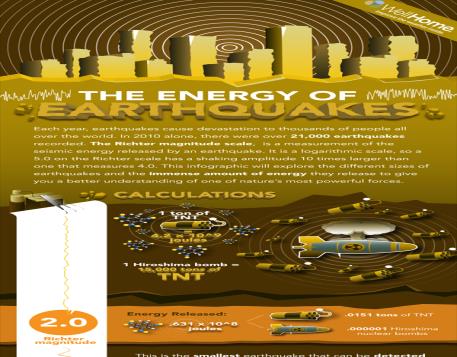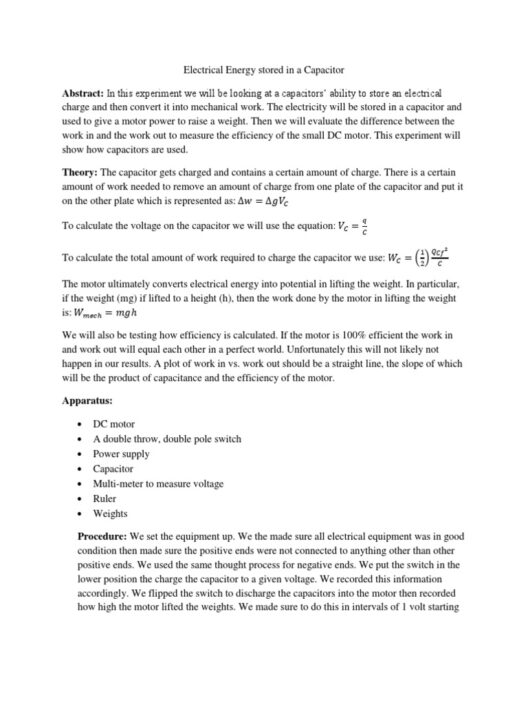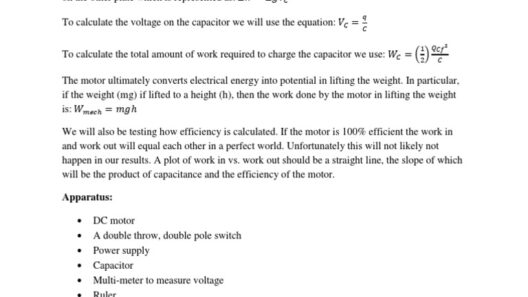Earthquakes, those sudden and often catastrophic occurrences, offer a striking demonstration of the principle of energy conservation. In essence, they are a natural manifestation of the immense energies stored within the Earth. The underlying mechanics of these geological phenomena reveal fascinating insights into energy conversion and dissipation processes, underscoring the profound connection between the Earth’s dynamic systems and principles of physics.
The crux of the discussion revolves around the deep-seated tectonic activities beneath the Earth’s crust. As tectonic plates—large slabs of the lithosphere—interact, they can become locked due to friction. Over time, as these plates continue to move, stress accumulates at the boundaries where they meet. This build-up of stress represents potential energy, a form of energy that is stored due to an object’s position. The accumulation is akin to compressing a spring; the more it is compressed, the more energy is stored in it. Likewise, as tectonic plates shift, this stored energy becomes significant, illustrating the conservation of energy principle. The energy does not vanish; instead, it is merely waiting for an opportune moment to be released.
When the accumulated stress surpasses the frictional forces holding the plates in place, a sudden release of energy occurs, resulting in an earthquake. During this event, the potential energy converts to kinetic energy, manifesting as seismic waves that radiate outward from the rupture point. These waves travel through the Earth and can be detected by seismographs, which capture not only the intensity of the earthquake but also the energy dynamics involved. The released energy can be substantial; for instance, a magnitude 6.0 earthquake can release energy equivalent to several kilotons of TNT. Such energy discharge vividly illustrates the transformation from stored potential energy to dynamic kinetic energy.
Seismic waves can be categorized into two primary types: body waves and surface waves. Body waves, which include primary (P) and secondary (S) waves, travel through the Earth’s interior. P-waves are compressional waves that move faster, while S-waves are shear waves that follow. Both types exemplify the conservation of energy as they propagate through the Earth, carrying with them the energy released during the earthquake. Surface waves, on the other hand, travel along the Earth’s exterior and tend to cause the most destruction due to their lower frequency and larger amplitude. The conversion of potential energy into these diverse waveforms is a critical aspect of understanding the manifestation of seismic events.
One of the more captivating aspects of earthquakes is their relationship with geological structures and how these structures absorb, store, and release energy over geological time. The energy conservation concept is not limited to immediate seismic events but encompasses long-term geological processes. Mountain ranges, for example, are formed through the relentless push and pull of tectonic plates. Continued pressure can lead to mountain building, but occasionally this stress culminates in earthquakes. Consequently, landforms may evolve dramatically due to these cyclical processes of energy accumulation and release, showcasing the dynamic nature of our planet.
The study of earthquakes also leads to an exploration of energy dissipation. Once released, the energy from an earthquake dissipates in numerous ways. The seismic waves propagate through the Earth, generating vibrations that ultimately lose energy as heat due to the friction of the rocks. This process illustrates another principle of energy: while energy can neither be created nor destroyed, it can change forms and be transferred throughout different systems. The resultant energy dissipation contributes significantly to the study of earthquake impact assessments and infrastructure resilience.
The aftermath of earthquakes highlights another dimension of energy conservation. The disrupted landscape and human-made environments often reveal the extensive work necessary to rebuild and adapt. This regenerative aspect underscores the interplay between natural events and societal responses. Urban planning and architecture now integrate knowledge of seismic activity and energy dynamics, aiming to create resilient infrastructures that can withstand seismic forces. This focus represents a paramount advancement in applying the principles of energy conservation to safeguard communities.
A pivotal consideration in the discussion of earthquakes and energy conservation lies in the predictability of these events. Despite advancements in technology, predicting the exact timing and location of earthquakes remains elusive. However, understanding the mechanisms of energy build-up and release can aid in developing models that assess the risk and potential impact of seismic events. This knowledge empowers communities to prepare and adapt, mitigating the destructive consequences that arise from these natural phenomena.
In conclusion, earthquakes serve as a compelling illustration of energy conservation principles in geological processes. They encompass a spectrum of interactions between potential and kinetic energy, highlighting important physical laws that govern Earth’s dynamics. The insights gleaned from studying seismic events extend beyond academic curiosity; they inform our understanding of environmental stability, infrastructure resilience, and community preparedness. As we continue to confront the repercussions of climate change and its geological implications, embracing knowledge about the Earth’s energetic systems becomes increasingly vital. Recognizing the balance and conservation of energy within our planet equips humanity to anticipate and adapt to the forces that shape our world.







